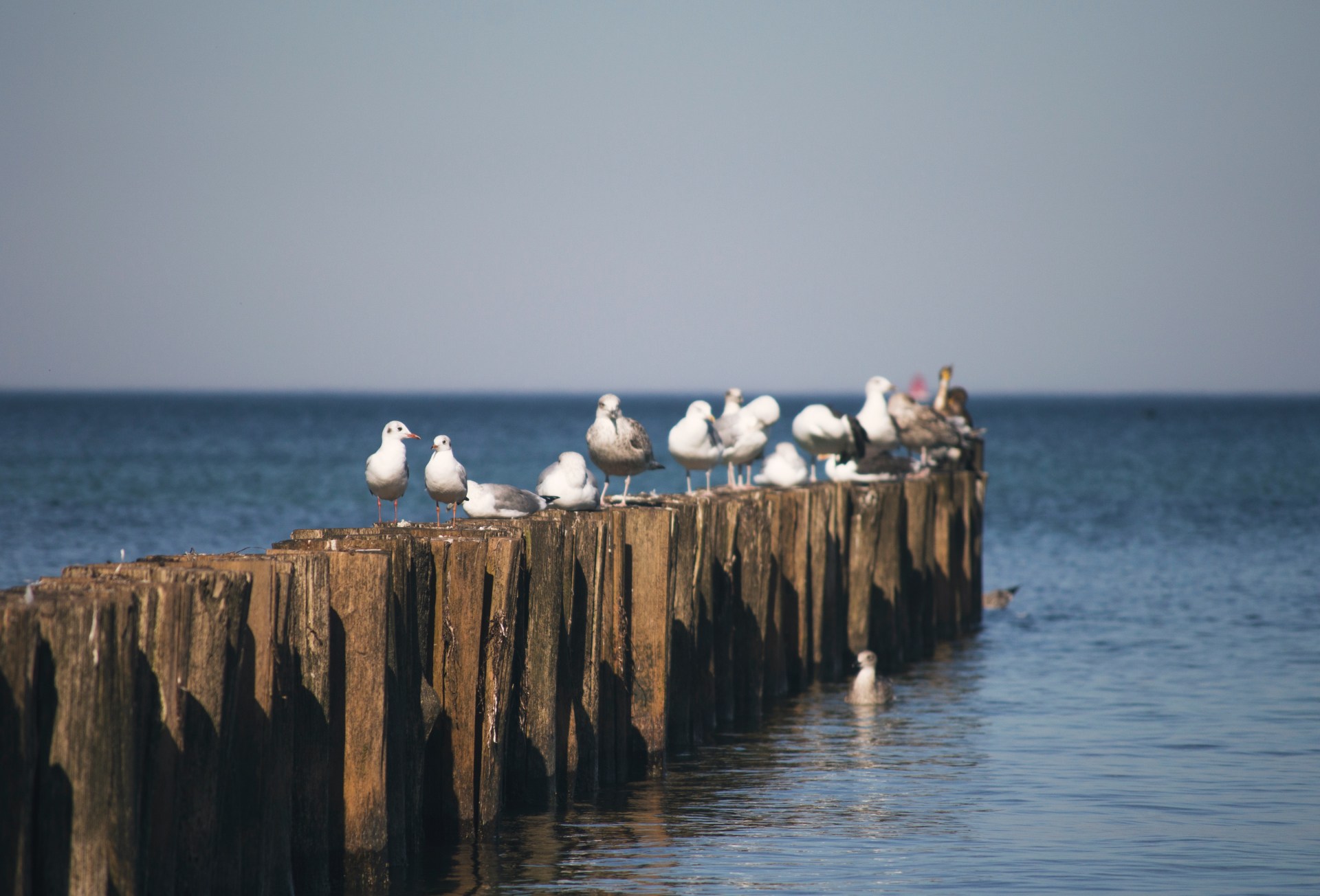
EU-Strategy for the Baltic Sea Region (EUSBSR)
The EU Strategy for the Baltic Sea Region (EUSBSR) is divided into three main objectives: saving the sea, connectivity in the region and increasing prosperity. The priorities of the strategy are innovative societies, water-smart societies and climate-neutral societies. The eight EU member states involved in the EUSBSR are Sweden, Denmark, Estonia, Finland, Germany, Latvia, Lithuania and Poland. The Strategy is also encouraging cooperation with EU neighbouring countries (Iceland and Norway).
Saving the sea
The Baltic Sea Region has the potential to become one of the world's leading regions in green growth and sustainable development. At the same time, it faces different challenges that can only be tackled through collaboration such as pollution, eutrophication and safety & security.
The Strategy aims to become a leading region for maritime safety and security by resurveying shipping routes, improving safety of navigation by means of e-navigation and new technology, emergency preparedness and winter navigation. It is in the interest of all countries bordering the Baltic Sea to reduce the risk of maritime accidents and marine pollution, including hazardous spills. The Strategy encourages countries to act jointly to minimise ship-based pollution, while maximising the positive impact of maritime transport on the region. It is crucial to reduce nutrient inputs to the Baltic Sea to acceptable levels to mitigate eutrophication and to achieve a good environmental status. By implementing and complying with EU regulations and international agreements related to hazardous substances, as well as support to the development of innovative and cost-effective management options, the green growth and sustainable development are promoted.

Connectivity in the region
The Baltic Region is defined by lower connectivity and accessibility in the cross border areas compared to highly developed main urban nodes and routes. Transport links however are essential for a competitive region and have vital economic and social effects – facilitating movement of people, goods, and services.
The Strategy promotes a comprehensive and coherent approach to reduce trans-boundary vulnerabilities and to build common capacities for societal security in the Baltic Sea region. It stimulates implementation of innovative and high-tech solutions in the transport sector while promoting sustainable, efficient and eco-friendly transport, working with private companies, training and research institutions, non- governmental organisations and governments to promote networking and capacity building in different ways.
Further, the Strategy is committed to ensure competitive, secure and sustainable energy in the region by improving the implementation of the EUSBSR Action Plan and Baltic Energy Market Interconnection Plan (BEMIP).
Increasing prosperity
The Baltic Sea region is still an area of considerable disparities in health, economic and social conditions. It features places where social and economic problems cause high levels of mortality due to non-communicable diseases, violence, alcohol and drug use and the spread of infectious diseases. Better economic and social conditions for all are prerequisites for productivity, economic competitiveness and further development. By aiming to improve the health and well-being of people in the region, the Strategy contributes to sustainable development. Through education, science, employability and integration of migrants the Strategy aims to increase prosperity in the region.
The Strategy also aims at promoting global competitiveness and growth of region by exploiting its full potential in the fields of tourism, research and innovation, as well as in the case of medium sized enterprises (SMEs), and by attracting talents and investments utilising the Digital Single Market as a source. It also focuses on the region’s cultural and creative industries as important stakeholders to not only preserve and present the cultural heritage of the region, but also as a means to societal development.
.